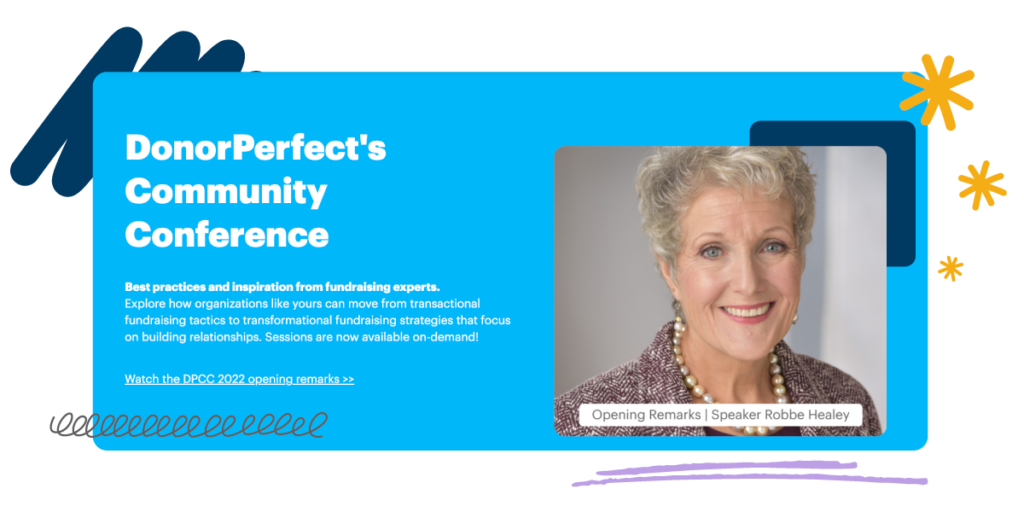Nonprofit Technology & Fundraising Blog
Subscribe to our mailing list

February 7, 2023 | Donor Acquisition, Donor Engagement, Fundraising Communication, Storytelling
We all know a good story when we hear one. Many of us even have that one that transports us. Maybe a certain series takes you back to your childhood bedroom reading with a flashlight. Or a novel takes you to a friend’s cozy living room for a book club discussion. So that begs the question, what story is your organization telling to your donors?
Is your nonprofit’s story engaging?
Are the stories told with passion?
Where and when should a story be told?
Having a clear voice and a plan for your organization’s story will help donors feel connected to your mission.
When names and descriptions are used in storytelling, the listener will begin to paint a picture of the characters in the story. It can be easy to rely on vague words to portray a broad stroke, but that can also make the listener disassociate with the reality of the situation. You want them to know the scenario is real, so the people in the story should be real.
Sometimes stories are sensitive and names or details can not be directly used. Check out this resource on Telling sensitive, confidential, & anonymous stories with dignity.
In addition to specific personal information, a story becomes more real with facts. Using statistics to prove the need will cause the listener to grapple with the severity, depth, or urgency of a need.
Every story needs a good climax point. Why are you sharing this specific encounter? You want the listener to know something happened. Something changed. The only way to show change is to explain the impact.
Depending on the purpose of this story, there are many ways to end. You want to be sure you are finishing well and maintaining the original intent of the message.

Good news – you, fundraiser, don’t have to be the voice of every story! There are many options when it comes to narrators, and switching the perspective keeps storytelling interesting. Try one of these as the voice behind the story:
Stories of impact are incredibly powerful and important. These are the kind of things that can be shouted from a mountain top! But if you don’t have a mountain top to climb up on, start anywhere. Share a 30 second reel on Instagram from the program site. Interview a student on stage at your gala. Send your board an email with the story and ask them to forward it to ten people. An impactful story will speak for itself, as long as it is shared.
Looking for some tips on using social media to share your impact? We have 12 best practices for you to grow your social media presence now.
Today is the day to start sharing stories of impact. Your donors and potential donors want to (and frankly, need to) hear what is happening in your community through the efforts of your nonprofit. You can share impact stories officially from your nonprofit’s social media platform or in your annual report, but you should also be prepared to share them at any moment. If you run into a donor in a grocery store, mentioning a timely story of impact will be a great way to remind them of the daily needs in your community. Powerful stories show that your nonprofit has a mission. What you’re doing matters and sharing these impact stories proves that.
Want to hear more about storytelling and your impact as a nonprofit? Check out the recordings from the 2022 DonorPerfect Community Conference: Stories Worth Sharing.

At DonorPerfect, we are passionate about stories. Need help sharing bite-sized stories on social media? We teamed up with digital fundraising expert Julia Campbell to guide your nonprofit’s social media content, available for free download below.
Follow us on social!